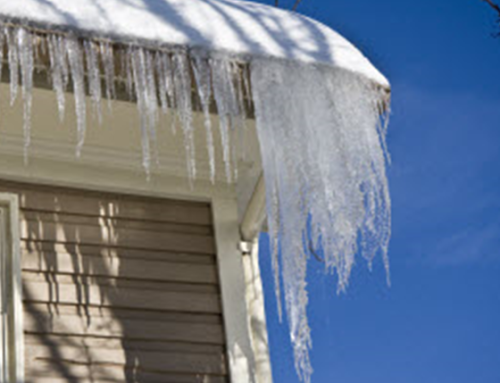This is a blog post from Ready.gov and you can view the original post here.
Lightning is a leading cause of injury and death from weather-related hazards. Although most lightning victims survive, people struck by lightning often report a variety of long-term, debilitating symptoms. Thunderstorms are dangerous storms that include lightning and can:
- Include powerful winds over 50 MPH;
- Create hail; and
- Cause flash flooding and tornadoes.
IF YOU ARE UNDER A THUNDERSTORM WARNING, FIND SAFE SHELTER RIGHT AWAY
- When thunder roars, go indoors!
- Move from outdoors into a building or car.
- Pay attention to alerts and warnings.
- Unplug appliances.
- Do not use landline phones.
HOW TO STAY SAFE WHEN A THUNDERSTORM THREATENS
Prepare NOW
- Know your area’s risk for thunderstorms. In most places, they can occur year-round and at any hour.
- Create an emergency plan so that you and your family know what to do, where to go, and what you will need to protect yourselves from the effects of a thunderstorm during the COVID-19 pandemic.
- Sign up for your community’s warning system. The Emergency Alert System (EAS) and National Oceanic and Atmospheric Administration (NOAA) Weather Radio also provide emergency alerts. Sign up for email updates and follow the latest guidelines about coronavirus from the Centers for Disease Control and Prevention (CDC) and your local authorities to prevent the spread of COVID-19.
- Identify nearby, sturdy buildings close to where you live, work, study, and play.
- Cut down or trim trees that may be in danger of falling on your home.
- Consider buying surge protectors, lightning rods, or a lightning protection system to protect your home, appliances, and electronic devices.
Survive DURING
- When thunder roars, go indoors. A sturdy building is the safest place to be during a thunderstorm.
- If you are sheltering with people who are not part of your household, be sure to wear a mask and maintain a distance of at least six feet between yourself and others. Masks should not be worn by children under 2 years old, people who have trouble breathing, and people who cannot remove them on their own.
- Pay attention to weather reports and warnings of thunderstorms. Be ready to change plans, if necessary, to be near shelter.
- When you receive a thunderstorm warning or hear thunder, go inside immediately.
- If indoors, avoid running water or using landline phones. Electricity can travel through plumbing and phone lines. Do not wash your hands with soap and water. Instead, use hand sanitizer that contains at least 60 percent alcohol to help slow the spread of COVID-19.
- Protect your property. Unplug appliances and other electric devices. Secure outside furniture.
- If boating or swimming, get to land and find a sturdy, grounded shelter or vehicle immediately.
- If necessary, take shelter in a car with a metal top and sides. Do not touch anything metal. Avoid touching your eyes, nose, and mouth.
- Avoid flooded roadways. Turn Around. Don’t Drown! Just six inches of fast-moving water can knock you down, and one foot of moving water can sweep your vehicle away. There is no evidence that COVID-19 can be spread by water, however floodwaters may contain debris, chemicals, or waste that are harmful to your health.
Be Safe AFTER
- Listen to authorities and weather forecasts for information on whether it is safe to go outside and instructions regarding potential flash flooding.
- Watch for fallen power lines and trees. Report them immediately.
- If you are sick and need medical attention, contact your healthcare provider for further care instructions and shelter in place, if possible. If you are experiencing a medical emergency, call 9-1-1 and let the operator know if you have, or think you might have, or have been exposed to COVID-19. If possible, put on a mask before help arrives.
- Continue taking steps to protect yourself from COVID-19 and other infectious diseases by washing your hands often and cleaning commonly touched surfaces with disinfecting products.
- Engage virtually with your community through video and phone calls. Know that it’s normal to feel anxious or stressed. Take care of your body and talk to someone if you are feeling upset. Many people may already feel fear and anxiety about the coronavirus 2019 (COVID-19). The threat of a thunderstorm can add additional stress. Follow CDC guidance for managing stress during a traumatic event and managing stress during COVID-19.
Associated Content
Last Updated: 02/22/2021



